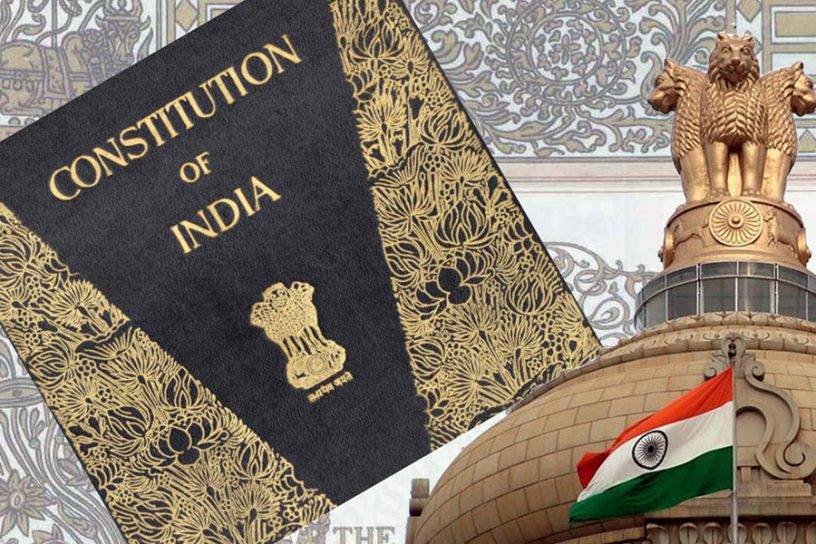
Hindu Rashtra is not waiting to be realised in a distant future through a constitutional amendment.
Author
Moiz Tundawala, Associate Professor, Jindal Global Law School, O.P. Jindal Global University, Sonipat, Haryana, India.
Summary
Today marks the 50th anniversary of the Supreme Court’s invention of the basic structure doctrine in Kesavananda Bharati v State of Kerala, arguably the most definitive judicial decision in India’s constitutional history and also a momentous landmark in the 20th century career of global constitutionalism.
The occasion is being widely observed with commemorative events in legal and academic spaces across the country including my own university. But despite its undeniably persuasive appeal, I am not celebrating what Kesavananda Bharati represents for our present times as an unqualified good.
Even if it was a valuable ally of democratic politics in the age of the total state, the basic structure doctrine has lost much of its symbolic salience and can no longer be deployed effectively in responding to the challenge of authoritarian populism in the age of the total constitution.
Basic structure doctrine and Indian democracy
Decided on April 24, 1973 by an unprecedented 13-judge Bench, Kesavananda famously vested in the Supreme Court the extraordinary power to review and strike down parliamentary amendments to the constitution which violated its essential features or basic structure.
Although credited for being the earliest enunciation of the now commonly circulating idea of an ‘unconstitutional constitutional amendment’, the judgment was itself influenced by the German constitutional scholar Dieter Conrad, and his arguments in favour of a limited amending power.
Published in: The Wire
To read the full article, please click here.


